
Balau
Family: Dipterocarpaceae
Distribution: West Malayasia
Uses: Bridge and wharf construction as well as sleepers and boats.
Properties:
Hard, heavy and very dense with high bending and crushing strengths. The wood is moderately difficult to work with machines as the interlocked grains and toughness has a blunting effect on tools. It is unsuitable for nailing or screwing and gluing results are variable. Very durable and immune from insect or fungal attack.
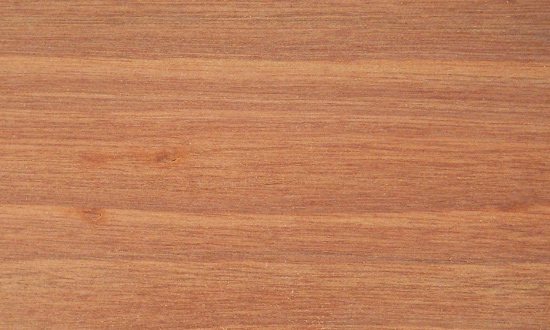
Nyatoh
Family: Palaquium spp., Payena spp.
Distribution: India through Southeast Asia to the Philippines, New Guinea, and the Western Pacific Islands
Uses: Furniture, plywood, and interior joinery.
Properties:
The two genera, Palaquium and Payene, are closely related and have very similar characteristics: though when dealing with specific data, (as seen above), it only reflects the average values from a number of species. A latex material called gutta-percha has been harvested from trees in the Palaquium genus, though its use today has been largely supplanted by synthetic materials.

Red Balau
Family: Dipterocarpaceae.
Distribution: Southeast Asia
Uses: Baskets, Building materials, cabinetry, furnishings, veneers, flooring, interior millwork, lauan, plywood.
Properties:
Red Balau is less durable than Yellow Balau, although it is also a heavy hardwood. It is mainly used for moderately heavy construction and is very suited for Parquet flooring. Red Balau is sourced from various parts of Indonesia.
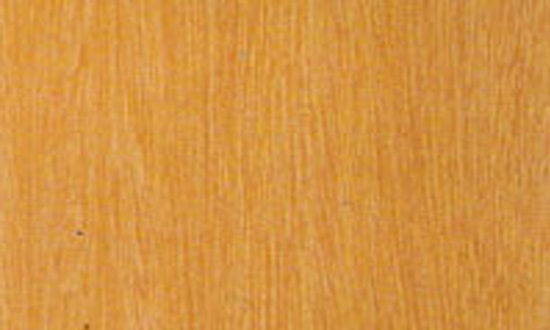
Chengal
Family: Dipterocarpaceae.
Distribution: Malay Peninsula and Southern Thailand
Uses: Used for structural members requiring high strength and durability, railway sleepers, wharf and bridge constructions, poles, piles, mining timbers.
Properties:
Chengal is one of the most popular & high value hardwoods of Peninsular Malaysia. Its well-defined sapwood, interlocked grain and fine texture with natural pin holes. Its heartwood is light yellow-brown with a distinct greenish tinge. When exposed, it darkens to dark purple-brown or rust red.
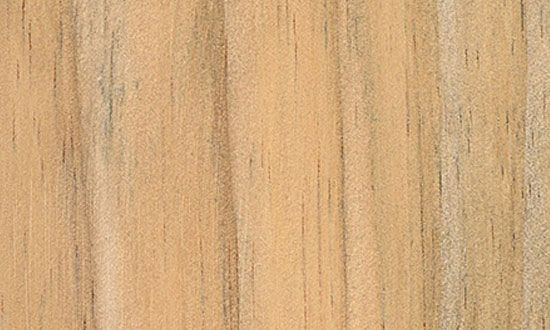
New Zealand Pine
Family: Pinaceae.
Distribution: Originally a native of California, excels in Southern New Zealand soils and climatic conditions.
Uses: Veneer, plywood, paper (pulpwood), boxes/crates, and construction lumber.
Properties:
In the southern hemisphere, where pines are to a large extent absent, Radiata Pine is the most commonly planted and cultivated pine. It is valued on plantations for its fast growth and utility as both a source of construction lumber as well as wood pulp in the paper industry.

Alan Batu
Family: Dipterocarpaceae.
Distribution: Malaysia.
Uses: Industrial or heavy flooring, Vehicle or container flooring, Exterior joinery, Interior panelling, Current furniture or furniture components, Flooring, Ship building (ribs), Interior joinery, Exterior panelling.
Properties:
The wood is red brown with clearly demarcated sapwood. Possible brittleheart and sometimes presence of white streaks (resin canals). The grain is straight or interlocked and the texture is medium. Density at 12 % moisture content: 0.80 g/cm3.

Kapur
Family: Dipterocarpaceae.
Distribution: Peninsular Malaysia, Sabah and Sarawak.
Uses: Stairways, flooring, general construction, plywood, furniture, joinery, lining.
Properties:
Large hardwood to 45 m with a straight, cylindrical bole, and well-formed buttresses. Occurs in lowland tropical rainforests of Malaysia, Indonesia and South-East Asia, often in almost pure stands. Bark is grey brown or dark brown with shallow fissures. Diameter of logs is between 80 and 100 cm. Freshly cut trees have a camphor-like odour.

Kasai
Family: Sapindaceae.
Distribution: Malaysia.
Uses: Flooring, Veneer for interior of plywood, Boxes and crates, Interior joinery, Current furniture or furniture components, Moulding, Veneer for back or face of plywood, Exterior joinery, Interior panelling, Cooperage.
Properties:
The sapwood is lighter in colour than the heartwood and is not sharply defined from the heartwood, which is pink, red or red-brown.

Kempas
Family: Fabaceae-Caesalpinioideae.
Distribution: Peninsular Malaysia.
Uses: Industrial or heavy flooring, Sleepers, Vehicle or container flooring, Turned goods, Cooperage, Flooring, Heavy carpentry, Exterior joinery, Sliced veneer.
Properties:
This is a monospecific timber. The sapwood is white or pale yellow and is sharply defined from the heartwood, which is pinkish when fresh and darkens to bright orange-red or deep brown.
Texture is rather coarse but even except in areas where included phloem occurs. Grain is interlocked, often very interlocked.
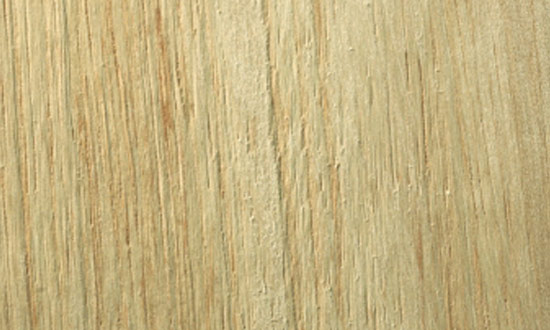
Merpauh
Family: Anacardiaceae.
Distribution: Malaysia.
Uses: Boxes and crates, Matches, Veneer for back or face of plywood, Blockboard, Interior panelling, Light carpentry, Veneer for interior of plywood, Current furniture or furniture components, Interior joinery.
Properties:
The sapwood is light brown with a grey or pink tinge and is not sharply differentiated from the heartwood, which is light grey-brown with a pink tinge. Some trees develop a corewood, which is streaked with orange and red lines. Texture is moderately coarse but even, with interlocked grain.

Merbau
Family: Fabaceae-caesalpinoideae.
Distribution: From East Africa to Southeast Asia and Australia.
Uses: Merbau is a very attractive wood, with its growth ring figure and deep colour. The timber is suitable for interior finishing, panelling, mouldings, office fittings, flooring (heavy traffic), superior joinery, cabinet-making, musical instruments, ornamental items and carvings.
Properties:
This wood has excellent strength characteristics, along with excellent stability, making it ideally suited for use as wood flooring and other applications where strength is important.

Jelutong
Family: Apocynaceae.
Distribution: Malaysia, Borneo, and various regions in southeast Asia.
Uses: Patternmaking, carving, and other small specialty wood items.
Properties:
Jelutong is a lesser-known Asian species that’s appreciated for its uniform appearance, softness, dimensional stability, and ease of carving. The wood is used in much the same way as Basswood (Tilia americana).
In addition to being utilized for lumber, the tree yields a natural latex when tapped. This latex was used for chewing gum, though nearly all gum is now made from synthetic rubber rather than natural.
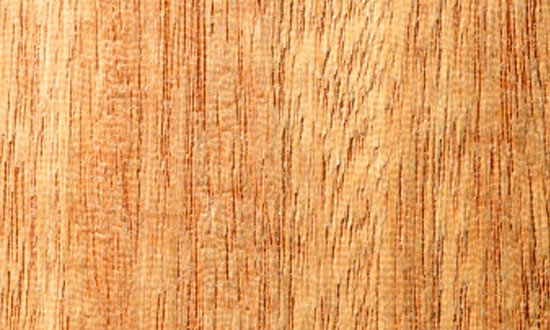
Melunak
Family: Tiliaceae.
Distribution: Malaysia.
Uses: The timber is suitable for interior finishing, decorative works, panelling, mouldings, superior joinery, cabinet making, furniture, flooring, ornamental items, joists, railway sleepers, plywood, staircase, pallets and other light construction.
Properties:
The sapwood is yellow or light straw-coloured and is moderately sharply defined from the heartwood, which is brown with a red or pink tinge or red-brown.
There is a suggestion that this timber will make good diving boards. In Burma, similar timber is sold under the name of ‘Burma Mahogany’ or ‘Thitka’ and is a very popular wood for high class furniture.

Meranti
Family: Dipterocarpaceae.
Distribution: Southeast Asia.
Uses: Plywood, interior furniture, general construction, concrete forms, veneer, and boatbuilding.
Properties:
Main groupings for Shorea spp. are: Light Red Meranti, Dark Red Meranti, White Meranti, Yellow Meranti, and Balau. The strength and mechanical values listed at the top of this page represent the average of a handful of species within the corresponding group.
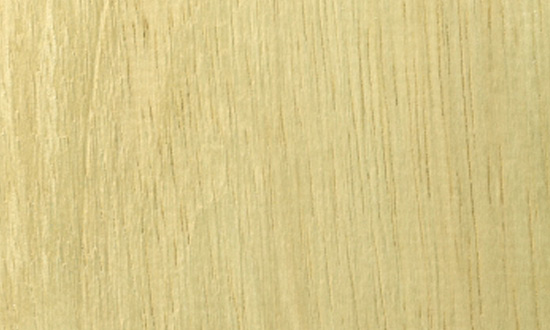
Rubberwood
Family: Euphorbiaceae.
Distribution: Native to Brazil, but extensively cultivated in tropical regions, especially in Asia.
Uses: Furniture, cabinetry, interior millwork, kitchen woodenware (cutting boards, knife blocks, etc.), and other small, specialty wood items.
Properties:
Despite its common name, Rubberwood isn’t any more elastic or soft than comparable hardwoods of similar density/weight. Rubberwood is seen on a wide variety of (mostly inexpensive) Asian imported furniture. Many big-box and home furnishings retailers will have pieces made out of Rubberwood. When sold in this capacity, it is sometimes marketed under the ambiguous moniker “Plantation Hardwood.”
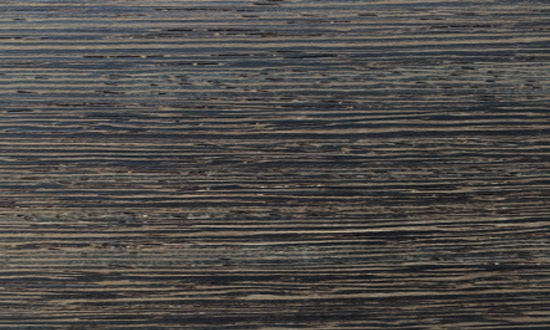
Wenge
Family: Fabaceae.
Distribution: Central Africa.
Uses: Flooring, Sliced veneer, Interior joinery, Sculpture, Cabinetwork (high class furniture), Current furniture or furniture components, Exterior joinery, Exterior panelling, Turned goods.
Properties:
Usually pronounced WHEN-gii or WHEN-ghay, the wood has excellent strength and hardness properties, and is also dark enough to be used as a substitute for ebony. Very durable, and resistant to termite attack.
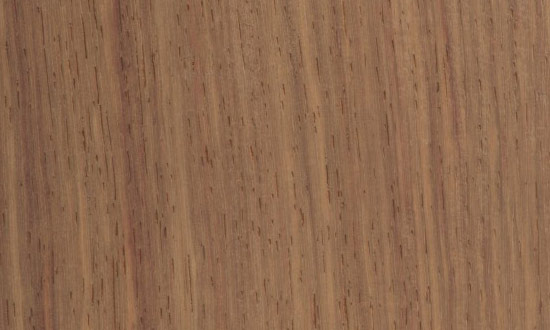
Kiaat
Family: Fabaceae.
Distribution: South-central Africa.
Uses: Furniture, boatbuilding, veneer, turnings, and other small wooden objects.
Properties:
Sometimes sold under its South African name Kiaat, this wood is actually closely related to the much more well-known African Padauk (Pterocarpus soyauxii). And, much like other species in the Pterocarpus genus, Muninga has outstanding stability, and should remain quite stable in the midst of seasonal changes.
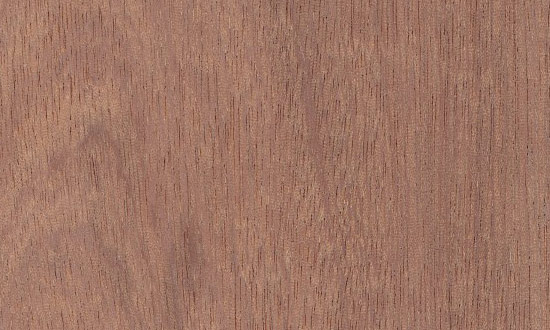
Sapele
Family: Meliaceae.
Distribution: Tropical Africa.
Uses: Veneer, plywood, furniture, cabinetry, flooring, boatbuilding, musical instruments, turned objects, and other small wooden specialty items.
Properties:
Sapele is a commonly exported and economically important African wood species. It’s sold both in lumber and veneer form. It is occasionally used as a substitute for Genuine Mahogany, and is sometimes referred to as “Sapele Mahogany.”
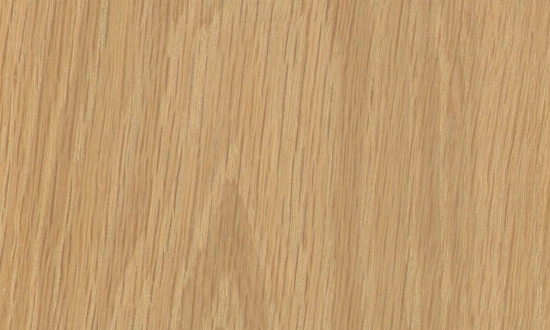
White oak
Family: Fagaceae.
Distribution: Eastern United States.
Uses: Cabinetry, furniture, interior trim, flooring, boatbuilding, barrels, and veneer.
Properties:
White Oak is the state tree of Connecticut, Illinois, and Maryland. Connecticut’s state quarter was minted with a picture and inscription of a famous White Oak tree, The Charter Oak. White Oak is strong, beautiful, rot-resistant, easy-to-work, and economical, representing an exceptional value to woodworkers.

Red oak
Family: Fagaceae.
Distribution: Northeastern United States and Southeastern Canada.
Uses: Cabinetry, furniture, interior trim, flooring, and veneer.
Properties:
Arguably the most popular hardwood in the United States, Red Oak is a ubiquitous sight in many homes. Even many vinyl/imitation wood surfaces are printed to look like Red Oak. Hard, strong, and moderately priced.

Tulipwood
Family: Sapindaceae.
Distribution: Northeastern Brazil.
Uses: Veneer, fine furniture, inlay, marquetry, musical instruments (percussion), and small turned objects.
Properties:
Tulipwood is a stunningly beautiful hardwood which is in short supply. The tree itself is only found in a narrow geographical area, and it’s small enough to be considered a shrub: typically yielding very small and narrow boards. Because of these limitations, Tulipwood is generally reserved for very small specialty wood items and accent pieces.
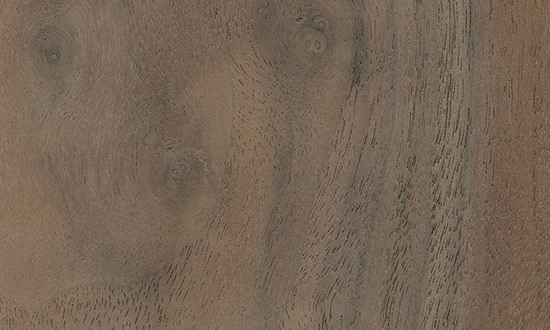
Walnut
Family: Juglandaceae.
Distribution: California and Oregon.
Uses: Furniture, cabinetry, gunstocks, musical instruments, veneer, turned items, and other small wooden objects and novelties.
Properties:
Walnut is a commercially important tree species that’s used as rootstock on walnut orchards. The robust roots of Juglans hindsii are well-suited to the California climate, and are combined with grafts of English Walnut (Juglans regia) to produce a higher yield of walnuts.

Ash
Family: Oleaceae.
Distribution: Northeastern United States and Eastern Canada.
Uses: Flooring, millwork, boxes/crates, baseball bats, and other turned objects such as tool handles.
Properties:
When stained, ash can look very similar to oak (Quercus spp.), although oaks have much wider rays, which are visible on all wood surfaces—even on flatsawn surfaces, where they appear as short, thin brown lines between the growth rings. Ashes lack these conspicuous rays.

Hard maple
Family: Sapindaceae.
Distribution: Northeastern North America.
Uses: Flooring (from basketball courts and dance-floors to bowling alleys and residential), veneer, paper (pulpwood), musical instruments, cutting boards, butcher blocks, workbenches, baseball bats, and other turned objects and specialty wood items.
Properties:
Hard Maple ought to be considered the king of the Acer genus. Its wood is stronger, stiffer, harder, and denser than all of the other species of Maple commercially available in lumber form.
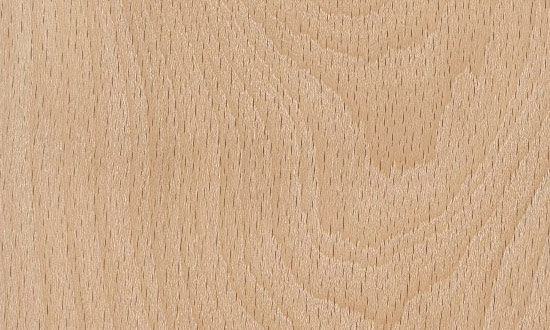
American beech
Family: Fagaceae.
Distribution: Eastern United States.
Uses: Lumber, veneer, flooring, crates/pallets, railroad ties, musical instruments, furniture, turned objects, and other small wooden objects.
Properties:
American Beech is sometimes underrated and under-appreciated: which may be due to its somewhat bland appearance. Yet considering its decent strength and hardness—and its comparatively low cost—Beech represents an excellent value for woodworkers.
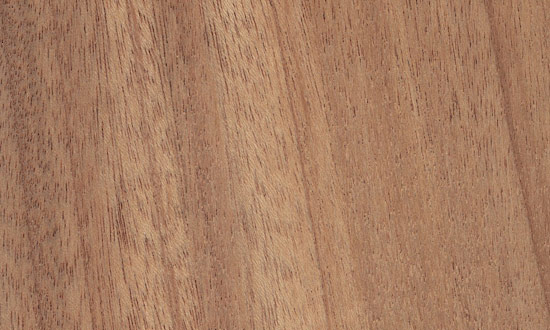
African Mahogany
Family: Meliaceae.
Distribution: West tropical Africa.
Uses: Veneer, plywood, turned items, furniture, boatbuilding, and interior trim.
Properties:
Comprised of a handful of species from the Khaya genus, all of which are native to Africa. Sometimes lacks the deeper reddish brown color and durability that is common for true mahogany in the Swietenia genus.
